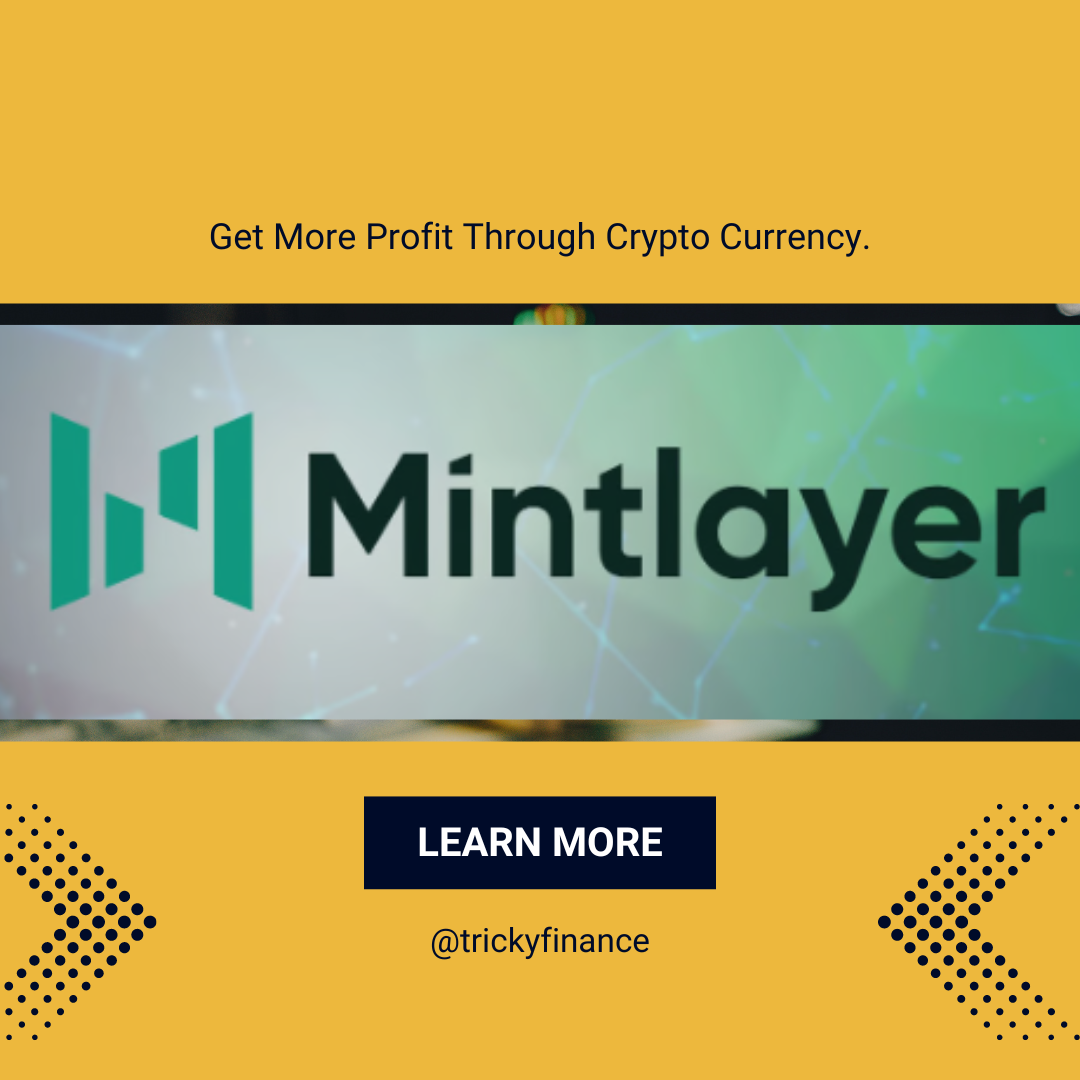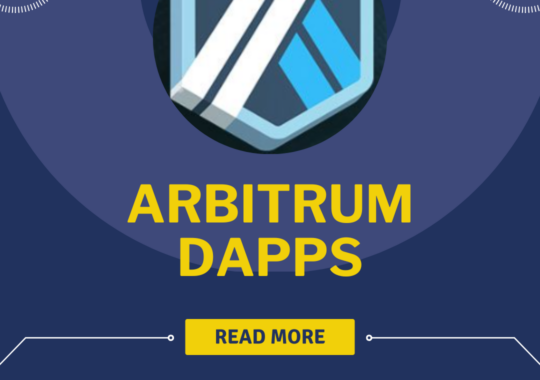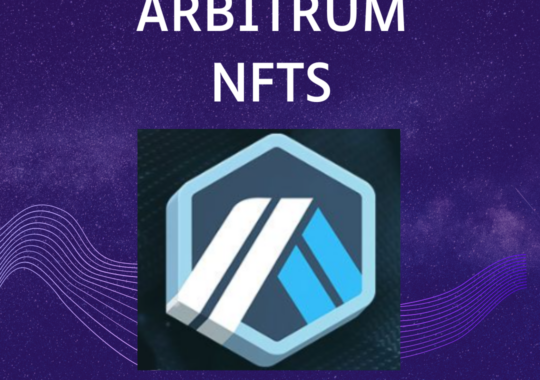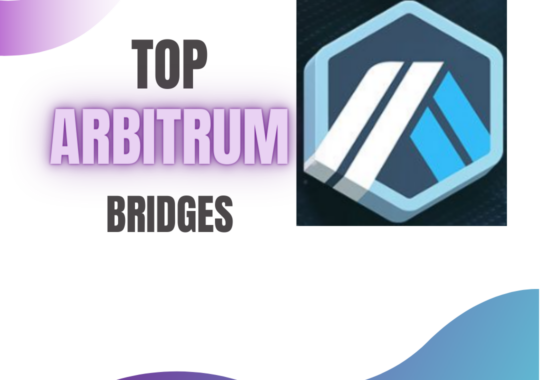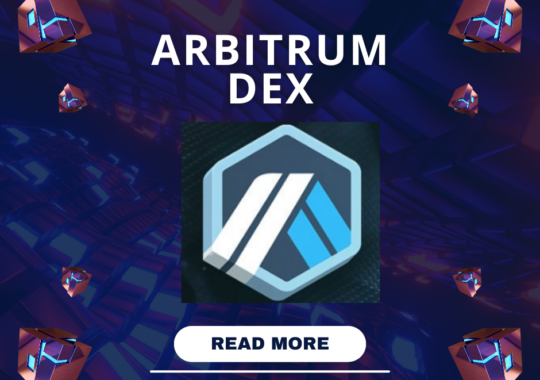In the rapidly evolving domain of blockchain technology, novel innovations constantly emerge, each aiming to tackle the limitations of existing platforms and unlock fresh avenues for decentralized finance (DeFi) and digital asset management. One such standout project is Mintlayer, which offers a distinctive approach to enhancing the capabilities of the Bitcoin blockchain through a potent sidechain solution. In this comprehensive overview, we delve into the intricacies of Mintlayer, exploring its architecture, tokenization standards, DeFi features, decentralized exchange (DEX) capabilities, and the utility of its native ML token.

Empowering Bitcoin with a Sidechain
At the core of Mintlayer lies its innovative blockchain architecture, designed to function as a sidechain to the Bitcoin network. Unlike conventional sidechains operating under a master/slave relationship, Mintlayer’s sidechain directly interoperates with Bitcoin, enabling seamless interaction between the two networks. Leveraging Bitcoin’s robust infrastructure, Mintlayer provides a straightforward yet powerful framework for conducting DeFi-related activities without the need for wrapped tokens or complex smart contracts.
Mintlayer Wallet: Accessing the Ecosystem
Mintlayer offers two distinct wallet solutions: the light wallet and the full node wallet. The light wallet caters to average users’ needs, offering essential multi-token functionalities such as storing, sending, and receiving Bitcoin and ML tokens. It also supports transaction batching and facilitates Lightning Network transactions for enhanced speed and scalability. On the other hand, the full node wallet provides advanced features, including staking ML tokens for network consensus participation, creating custom smart contracts, and pegging BTC for faster transactions.
Tokenization Standard: Fostering Asset Digitization
Mintlayer introduces a robust tokenization standard, MLS-01, enabling the creation of fungible tokens on the chain. These tokens serve a similar role to ERC-20 tokens on Ethereum but are significantly easier to create due to Mintlayer’s UTXO-based architecture. Additionally, Mintlayer supports non-fungible tokens (NFTs) through the MLS-03 standard, allowing for the representation of unique assets on the blockchain.
Decentralized Finance (DeFi): Revolutionizing Financial Markets
With Mintlayer, decentralized finance becomes more accessible and efficient than ever before. The platform leverages advanced scalability to ensure network and user security while supporting tokenization of various assets, including equity and real estate. Users can store, lend, borrow, and trade assets on a single network, enjoying reliability and predictability through Turing incomplete smart contracts.
Decentralized Exchange (DEX): Facilitating Peer-to-Peer Transactions
Mintlayer’s built-in decentralized exchange (DEX) enables direct peer-to-peer transfers without the risk of censorship or interference. Through atomic swap technology, users can exchange assets between the Bitcoin sidechain and Mintlayer chain seamlessly. This innovative approach ensures trustless and efficient transactions, fostering liquidity and accessibility within the ecosystem.
ML Token: Powering the Mintlayer Ecosystem
At the core of the Mintlayer ecosystem is the ML token, a utility token playing a vital role in network operations and governance. Token holders can use ML tokens to pay for transaction fees, stake tokens for network consensus participation, and engage in community-driven decision-making processes. With an initial total supply of 400 million tokens, the ML token serves as the lifeblood of the Mintlayer ecosystem, driving its growth and development.
Token Distribution and Roadmap: Charting the Course Ahead
Mintlayer’s token distribution is meticulously designed to ensure a fair and sustainable ecosystem. From pre-seed allocations to community incentives, each token pool serves a specific purpose in supporting the network’s growth and development. Moreover, Mintlayer’s roadmap outlines ambitious milestones for the future, including protocol enhancements, ecosystem expansion, and community engagement initiatives.
How to Stake Tokens on Mintlayer’s Network?
- Choose a Token: Begin by selecting the token you wish to stake. Mintlayer supports a variety of tokens, so pick the one that suits your investment preferences.
- Wallet Setup: Ensure you have a compatible wallet that can accommodate Mintlayer tokens. Popular options include MetaMask or Trust Wallet.
- Access Mintlayer: Visit the official Mintlayer website or utilize a decentralized application (DApp) integrated with Mintlayer.
- Connect Your Wallet: Establish a connection between your wallet and the Mintlayer network. This enables you to interact seamlessly with the platform.
- Navigate to Staking: Locate the staking section within the DApp or on the website. Here, you’ll find all the pertinent options related to staking and earning rewards.
- Select Your Token: Choose the specific token you intend to stake. Confirm the amount you wish to stake at this stage.
- Stake Your Tokens: Follow the provided prompts to stake your tokens. This typically involves approving the transaction and confirming it via your wallet.
Conclusion
In conclusion, Mintlayer represents a significant advancement in blockchain technology, offering a robust infrastructure for decentralized finance and digital asset management. With its innovative architecture, tokenization standards, and emphasis on community-driven governance, Mintlayer is poised to unlock new possibilities for the broader adoption of blockchain technology. As the project continues to evolve and mature, it holds the potential to redefine the future of decentralized finance and reshape the global financial landscape.
Princy Agarwal, a postgraduate in English from Delhi University, writes content for Tricky Finance, where they simplify complex financial topics for readers. With a knack for clear communication, Princy’s work helps make finance understandable and accessible to all.
